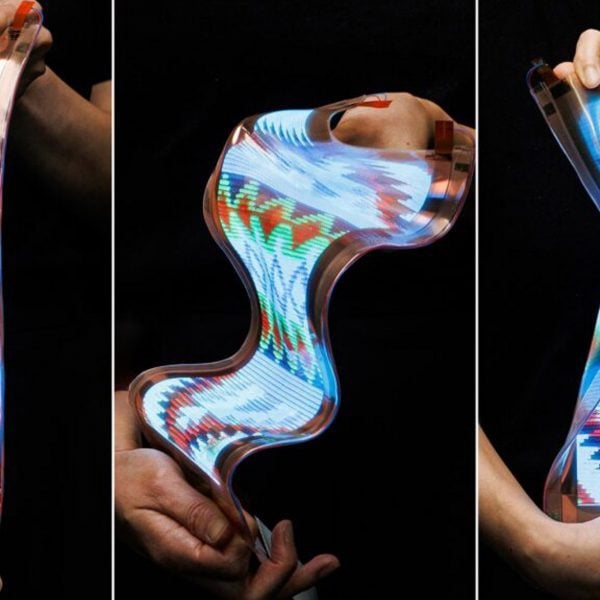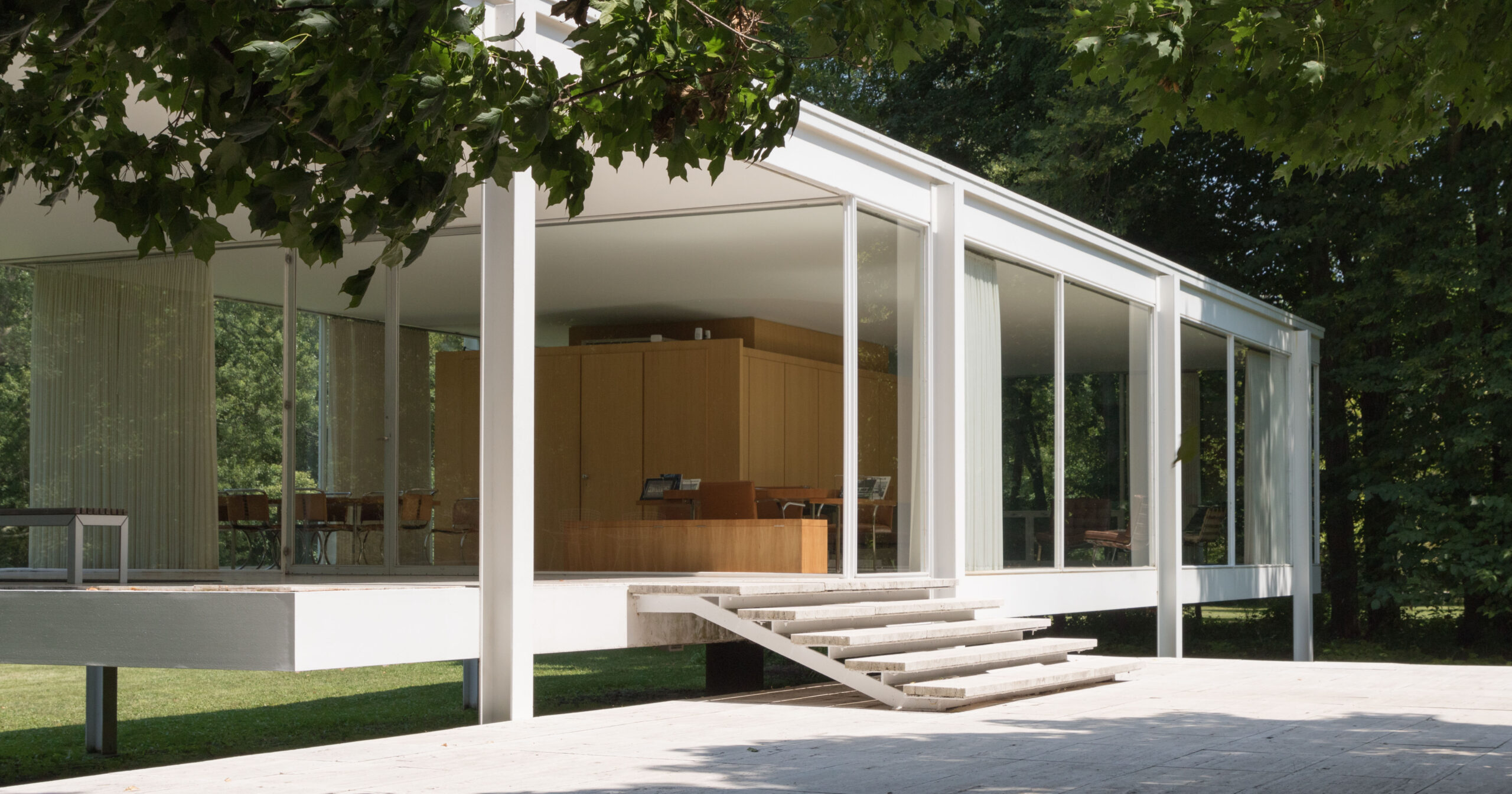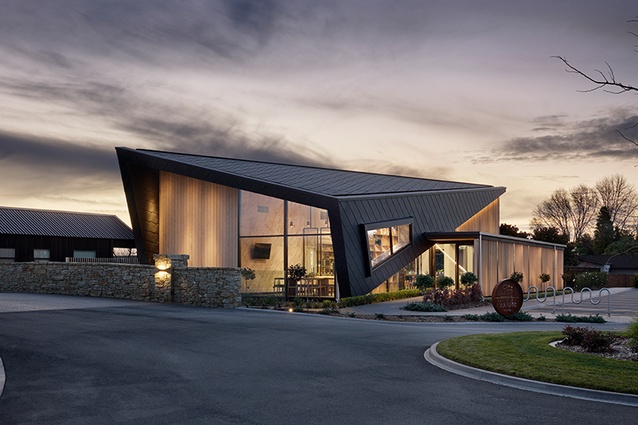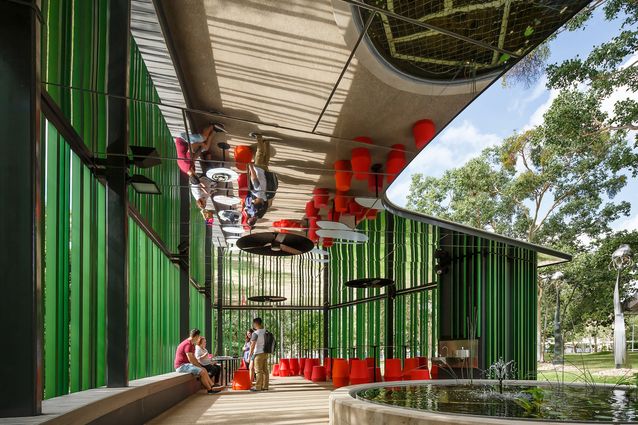As AN counts down to our bi-annual timber conference, today we can share a glimpse into the life and work of our second-day keynote speaker, Andrew Lawrence. TimberCon will be held virtually on March 18th and 19th with speakers from both coasts of the US and Canada who will shed light on their latest projects, best practices for assembly, and forecast the future of the exciting field of mass timber.
With over twenty years of experience, Andrew Lawrence is a global timber specialist at Arup, a member of the European Timber Design Code Committee, and the Royal Academy of Engineering visiting professor in timber engineering at Cambridge University in the U.K. In addition to timber, Andrew is a Conservation Accredited Engineer, specializing in the assessment and repair of existing and historic structures and has worked on the 12th-century oak roof of Beaulieu Abbey and 15th-century oak roof of the Church of the Nativity in Bethlehem. He started his career working on a timber project with Renzo Piano and never looked back. Today he lectures worldwide on the structural use of timber and is working with the timber industry across the world to help make timber a mainstream construction material.
AN: What excites you about timber and can you speak to how you think the industry at large is changing?
Andrew Lawrence: It’s been really interesting watching the timber industry over the last 20 years, I think there have been two really big changes: the first was, was actually the invention of this new thing called cross-laminated timber (CLT). It was only actually invented around 1998. And nobody quite knew what to do with it. Then around 2005, people in the timber industry started exploring computer fabrication. A few years later, people realize that you could combine these two things, you could take a cross-laminated timber panel, and you could machine it really accurately. And, and suddenly, a timber building became like a piece of flat-pack furniture, because you could take these really accurately made CLT cross-laminated timber panels and just assemble them together.
We always had these really clever engineering words like laminated veneer, lumber, and glulam. But having CLT, having this large panel material that we could use for walls could use for floors meant that we could build a whole building out of wood. It’s quite lucky that has coincided with this worldwide push for more prefabrication. The next bit of the journey is, is reinventing how we build with it.

Can you elaborate on your structural design theory and what is critical for the success of some of the timber projects you work on?
What I really love is combining structure and finishes…the architecture is the structure and the structure is the architecture, it’s all interrelated. Your design team really has to understand the material to work with it. And, you know, if you can do that, you can come up with a really good-looking and more economic design. We need to work together, I need to work really closely with fire engineers, the architects, and the acoustic engineer. That’s actually as designers, that’s what we find really fun because you get a really good relationship going. If you ask anybody, they will say the wooden building they’ve worked on is the favorite one of their whole career because it’s a really close relationship between the whole design team.
What projects are you currently working on and what do you look forward to presenting at TimberCon?
I would really love to explain wood as a material but in relation to projects. So, in relation to the Smile [in London], the Pompidou-Metz Center, or to Haut, which is this amazing 20-story residential building in Amsterdam and dive into why we built them in that way. It’s not just about understanding engineering and being able to do the numbers and the calculations, but it’s also about understanding economics. How am I going to come up with an economic structure, but also understand the impact that we as structural engineers are going to have on the acoustics, on the vibration, and the safety of the building? Particularly, when we get into multistory buildings. It’s a challenge that all these things are interrelated when working with timber, but you could say it’s actually what makes it quite fun.










